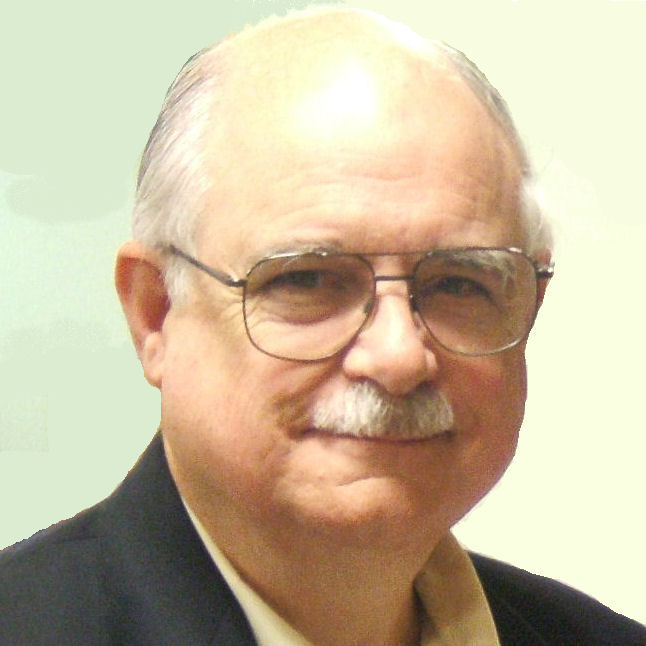
 |
The Evolution of a Collection
By John M. Hotchner
 We generally begin our collecting with the modern stamps from our country, or a slice thereof — space exploration, air mail, large commemoratives, first day covers, or something else of interest. If we find this fun, then we often expand vertically to an earlier era in the time line, or horizontally on the subject line to other topics or other types of collecting, like covers or precancels.
We generally begin our collecting with the modern stamps from our country, or a slice thereof — space exploration, air mail, large commemoratives, first day covers, or something else of interest. If we find this fun, then we often expand vertically to an earlier era in the time line, or horizontally on the subject line to other topics or other types of collecting, like covers or precancels.
For the true collector personality, the dynamic often springs from a method of sidewise collecting that goes something like this:
- Stamp or cover 'X' doesn't exactly fit into my collection, but I like it, it's interesting, I can't bear to part with it, and finally, "Maybe someday I'll do something with it."
- So it goes into a shoe box labeled by subject or just "Someday."
- Knowing full well that you don't collect 'X,' you still add to the box as time passes.
- And one day it reaches critical mass, or you get a really nice example, and you are motivated to do something with the accumulation.
- Age 27 — at a stamp club meeting auction a large accumulation of precancels is offered at less than a penny per stamp. The deal is too good to pass up. I become a serious precancel collector, eventually narrowing my interests to Bureau prints, Washington-Franklin locals, coil line and gap pairs, and precanceled plate number singles.
- Age 34 — A friend shows me an issue of The Christmas Seal & Charity Stamp Society newsletter, Seal News. I realize I have half a tissue box of Christmas seal varieties and tied usages on cover that I have been buying from Vernon Bressler for 20 years, even though I don't really collect them. I become a serious Christmas seal collector — of the national 1934 and 1935 Christmas seals and publicity material used to push sales with the public.
- Age 47 — My first-born son goes off to college and I need to find something cheap to have fun with for the next ten years as my other children follow him, and then there are the weddings! The box of purple post office "return to sender" covers suggests itself as a varied area with modern examples going for 10¢-25¢ each. I become a collector of U.S. auxiliary markings showing delays in the mail. (Note: 19th century would have been too expensive!)
- Age 62 — I'm assigned as a philatelic judge to do first response at the critique for an exhibit of mourning covers, at just about the same time I am asked to help a friend by reviewing the draft of his book on the philately of mourning. I'm hooked. I become a collector of mourning covers — narrowing that down to covers and stamps marking the deaths of royal family members and of other heads of state and heads of Government.
The motivators to give up one part and delve more deeply into another may have to do with availability of material, its expense, a desire to investigate some area that no one else is engaged in, or just a growing love for the challenge of the material. U.S. fakes, forgeries and postal counterfeits is one such area for me; something that I began to 'get into' seriously only four or five years ago.
There are many more transformations that have taken place in my collecting history to meet my interests and needs of the moment. What this says to me is that:
- Philately, even within a large country like the United States, is a smorgasbord.
- If you get tired of one area, or have done it to the level that you can afford, or get mad at the USPS and don't want to support their current policies, there are endless other things to investigate and collect.
- You may already have a start on one or more of these in your "Someday" box(es).
- The hobby need never become boring — as your interests become more diverse your choice of what to "play" with on any given day does, too.
- You can't predict what you may find interesting in ten years, let alone in 20 or 30, so saving some things of possible interest is a productive thing to do.
- Whatever you choose to collect, there are probably resources in philatelic literature and/or in the organized hobby that will help you to learn about the basics and to guide you into areas that have not been thoroughly researched, which can be its own fun challenge.
Should you wish to comment on this editorial, or have questions or ideas you would like to have explored in a future column, please write to John Hotchner, VSC Contributor, P.O. Box 1125, Falls Church, VA 22041-0125, or email, putting "VSC" in the subject line, at jmhstamp@verizon.net
How has your collection evolved over time? Join us in the message board and tell us about it.